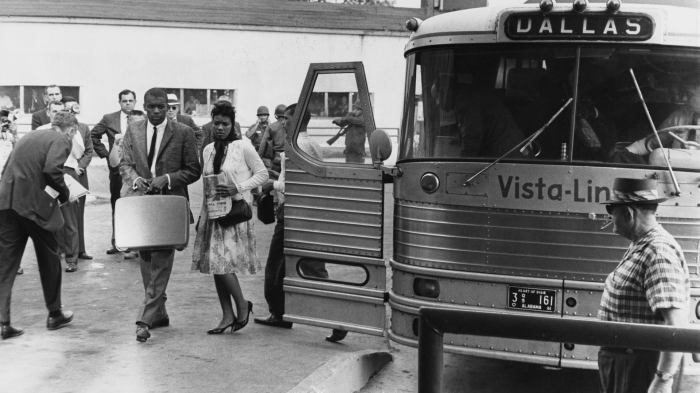During a bike challenge riders have to collect – During a bike challenge, riders have to collect various items that enhance their experience and motivation. These collectables range from physical objects to digital rewards, each with its own significance and impact on the challenge.
The collection process itself adds an element of strategy and optimization, as riders must employ effective methods to maximize their rewards. Ultimately, the act of collecting items influences the overall difficulty, competitiveness, and enjoyment of the bike challenge.
1. Collectables and Rewards

Collecting items during a bike challenge adds an extra layer of engagement and motivation to the experience. Collectables can be physical objects, digital items, or virtual rewards that riders acquire throughout the challenge. These items can enhance the rider’s experience by providing tangible evidence of their progress, fostering a sense of accomplishment, and potentially offering additional rewards.
Common collectables in bike challenges include physical souvenirs such as patches, badges, or jerseys that commemorate the event. Digital items can include virtual badges, trophies, or other digital assets that can be shared on social media or used as a profile picture.
Virtual rewards may include discounts on future events, access to exclusive content, or even cash prizes.
Collecting items can also motivate riders to push themselves further and explore different routes or destinations. The desire to complete a collection or achieve a certain reward can provide an extra incentive to ride more miles, climb more hills, or visit specific locations.
2. Types of Collectables: During A Bike Challenge Riders Have To Collect

The types of collectables available in a bike challenge vary widely depending on the specific event and its organizers. However, some common categories include:
| Type | Description |
|---|---|
| Physical Collectables | Tangible items such as patches, badges, jerseys, or other souvenirs that can be worn or displayed. |
| Digital Collectables | Virtual items such as badges, trophies, or other digital assets that can be shared online or used as a profile picture. |
| Virtual Rewards | Non-physical rewards such as discounts on future events, access to exclusive content, or cash prizes. |
The rarity and value of different collectables can vary significantly. Some items may be more difficult to obtain, such as those that require riders to complete a certain challenge or visit a specific location. Rarer items may be more valuable to collectors and can fetch a higher price on the secondary market.
3. Collection Methods

Riders can use various methods to collect items during a bike challenge. Some common methods include:
- Visiting specific locations:Many bike challenges require riders to visit specific locations, such as checkpoints or landmarks, to collect items.
- Completing challenges:Riders may also earn items by completing certain challenges, such as riding a certain distance or climbing a certain number of hills.
- Purchasing items:In some cases, riders can purchase items from event organizers or vendors.
- Trading with other riders:Riders can also trade items with other riders to complete their collections.
The best method for collecting items will vary depending on the specific challenge and the rider’s individual preferences. Some riders may prefer to focus on visiting specific locations, while others may prefer to complete challenges or trade with other riders.
Answers to Common Questions
What are the benefits of collecting items during a bike challenge?
Collecting items can enhance the rider’s experience by providing rewards, motivation, and a sense of accomplishment.
What are some common types of collectables in bike challenges?
Collectables can include physical objects like jerseys or medals, digital items like badges or points, and virtual rewards like power-ups or special abilities.
How can riders optimize their collection strategies?
Riders can optimize their collection strategies by researching the challenge rules, identifying high-value collectables, and employing efficient collection methods.
